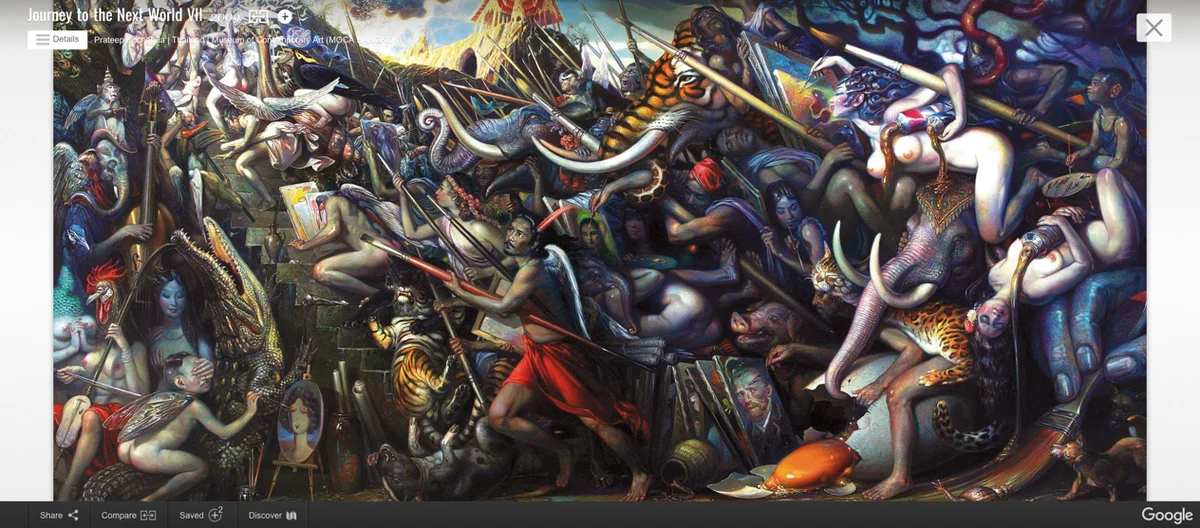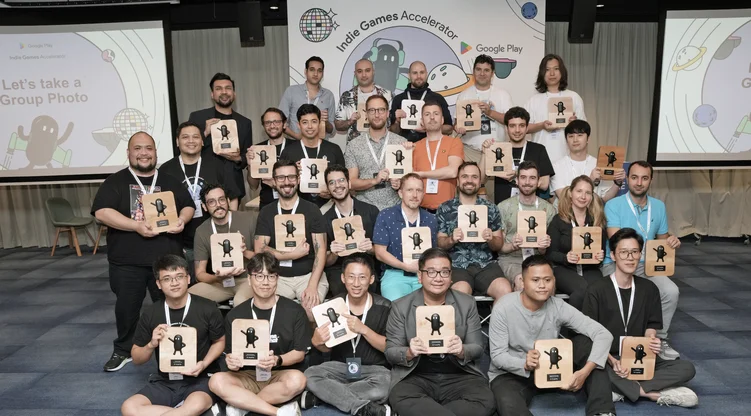More Asian art at your fingertips

Here are some “must-sees” from across the region that we think the Cultural Institute can help you experience in a completely new way, and in extraordinary detail.
Japan: Tanto Sword, signed "Kagemitsu", known "Kenshin Kagemitsu" (1323), Saitama Prefectual Museum of History and Folklore

Australia: Burke and Wills expedition by Sidney Nolan (1948), Canberra Museum and Gallery

The first painting in Sidney Nolan’s Burke and Wills series depicts the explorers Robert O'Hara Burke and William John Wills who, from 1860-1861, endeavored to cross Australia, but tragically died before reaching their final destination. In this painting Nolan emphasizes the heroism and stoicism of the two intrepid but ultimately tragic explorers, whose story has become one of Australia’s national legends.
Zoom in to appreciate the sparse desert landscape, against which the protagonists are portrayed on their camel and horse, boldly staring out at the viewer as they remain oblivious to their fate.
India: Radha and Krishna (ivory) (1955), Dr. Bhau Daji Lad Mumbai City Museum

Thailand: Journey to the Next World VII by Prateep Kochabua (2009), Museum of Contemporary Art (MOCA) Bangkok

Prateep Kochabua’s surrealist works have earned him the nickname of Thailand’s Salvador Dali. In this piece that depicts the journey to the afterlife, use the zoom tool to see a familiar face. You can catch a glimpse of the artist on the bottom right with a tiger asleep on his back, painting a portrait of Vincent van Gogh.






